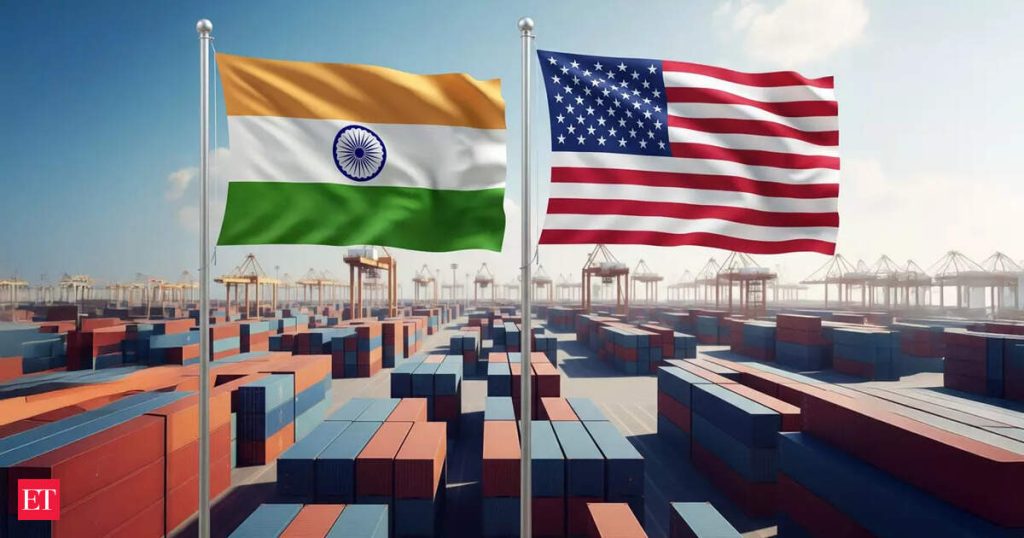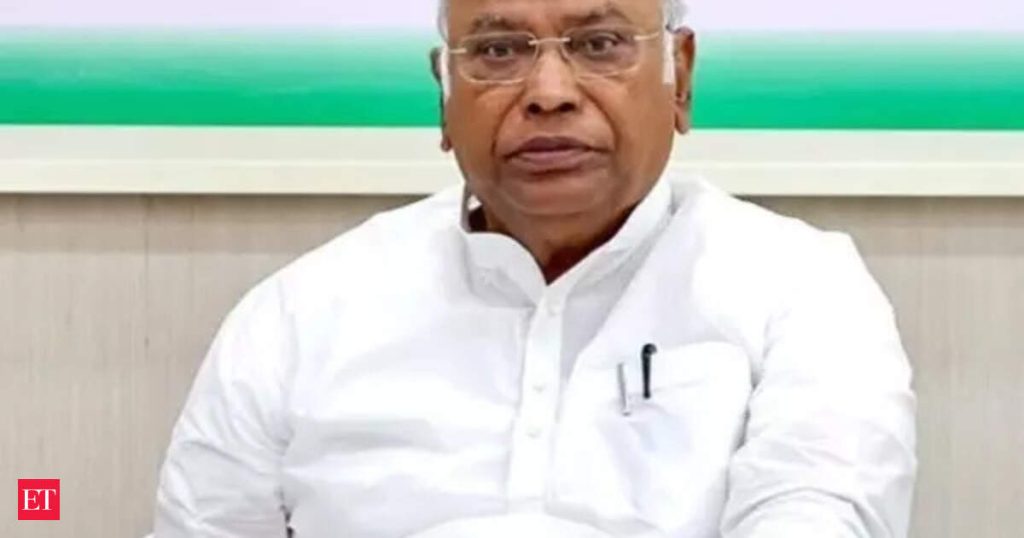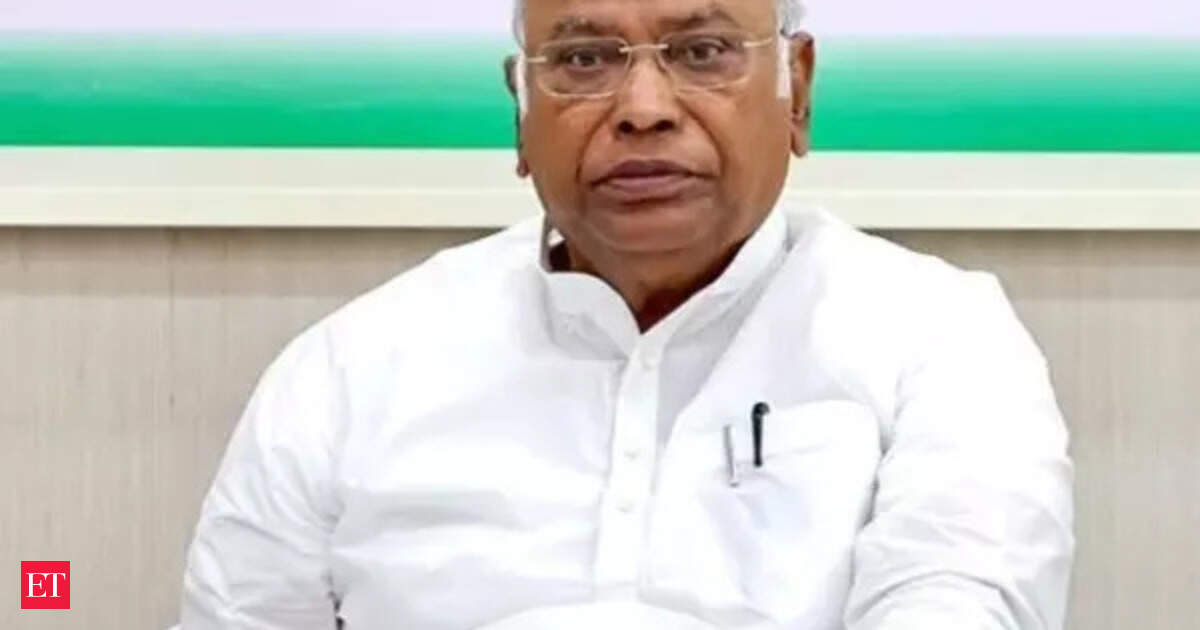Now Reading: What does ‘Dalai’ in Dalai Lama mean
-
01
What does ‘Dalai’ in Dalai Lama mean
What does ‘Dalai’ in Dalai Lama mean
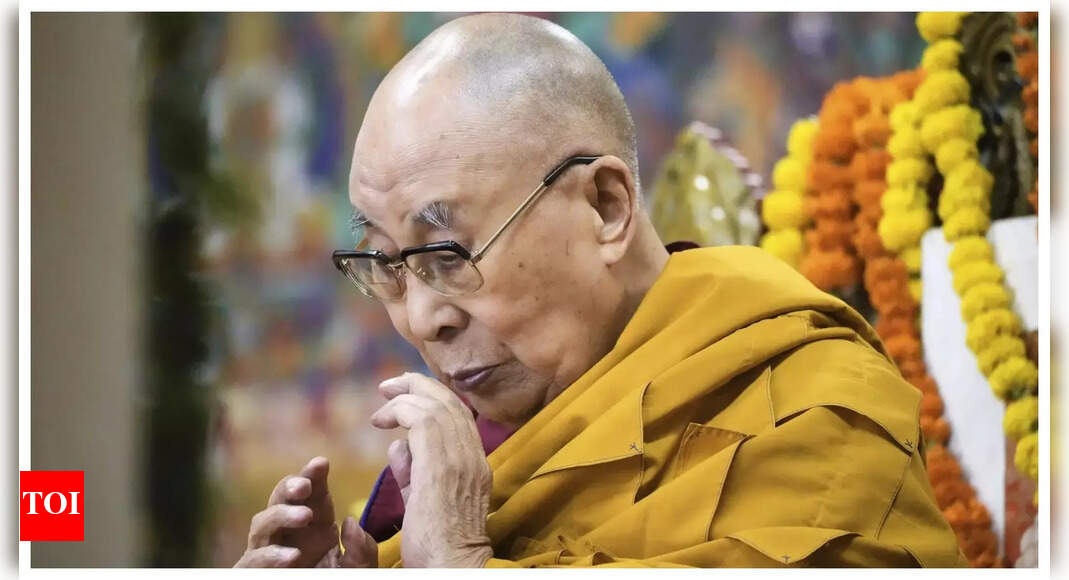
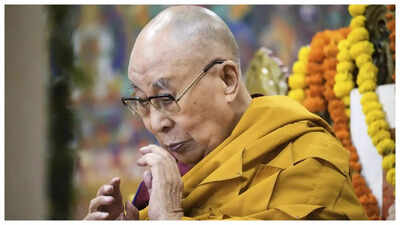
At nearly 90 years old, the Dalai Lama has recently been in the news not for his wisdom or compassion this time, but for a bold decision that may redefine Tibetan Buddhism for generations. For decades, tensions have simmered between China and the Tibetan spiritual community over who holds the power to choose the next Dalai Lama.With the current Dalai Lama’s proposition to select his successor on his upcoming 90th birthday in July, Beijing insists it must approve the next Dalai Lama using its historical “golden urn” process.
India, China Brace Up As Dalai Lama’s 90th Birthday Sparks Succession Storm
But what does ‘Dalai Lama’ actually mean?
The title “Dalai Lama” itself has deep roots. As explained by the China Tibetology Research Center and historical sources, the term itself isn’t originally Tibetan but is a loanword, where “Dalai” means “ocean” in Mongolian, and “Lama” means “spiritual teacher” in Tibetan.
The title was first given in 1578 when Sonam Gyatso, head of the Gelug sect of Tibetan Buddhism, met Mongol leader Altan Khan near Qinghai Lake.
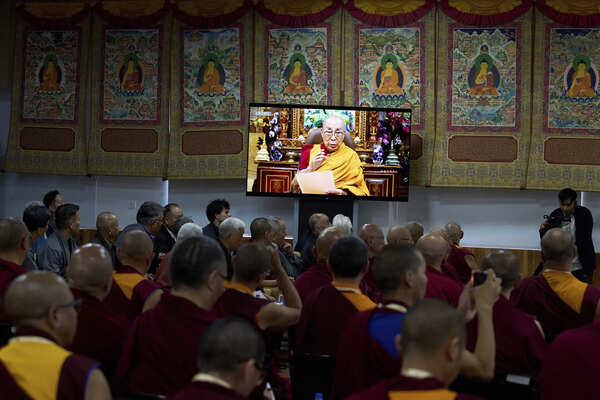
Buddhist monks of various schools of Tibetan Buddhism watch a recorded video message by Tibetan spiritual leader the Dalai Lama in Dharamshala, India, ahead of his birthday according to the Gregorian calendar on July 6. AP/PTI(AP07_02_2025_000100B)
Altan Khan honored him with the title “Dalai Lama,” symbolizing a master of vast wisdom. At the time, it was more of a spiritual gesture than a political title. Later, at Sonam Gyatso’s request, the Ming emperor officially recognized the title in 1587. Sonam Gyatso was named the third Dalai Lama, and two earlier spiritual leaders—Gedun Druppa and Gedun Gyatso—were retrospectively named the first and second Dalai Lamas, forming the start of the official lineage.
Who is the current Dalai Lama?
The current Dalai Lama is the 14th in the line, named Tenzin Gyatso. He was born in 1935 in a small village called Takster in Tibet, and his birth name was Lhamo Thondup. When he was just two years old, he was recognized as the reincarnation of the 13th Dalai Lama. He officially took on the role in 1950 at 15 years old, and tried to negotiate with the Chinese government but after failed attempts, he has been living in exile in Dharamshala, Himachal Pradesh, India, since 1959.

Dalai Lama
The current Dalai Lama is a celibate monk and the spiritual head of the Gelukpa tradition, which is a major school of Tibetan Buddhism. Historically, he has also been seen as a political leader of Tibet. Many Buddhists believe the Dalai Lama is the human form of Avalokiteshvara, a compassionate figure who chooses to postpone his salvation and be reborn again and again to help others, instead of reaching final enlightenment.
What is the confusion about recently?
If two Dalai Lamas are chosen, one by China and one by Tibetans in exile, it could lead to decades of confusion and division.












